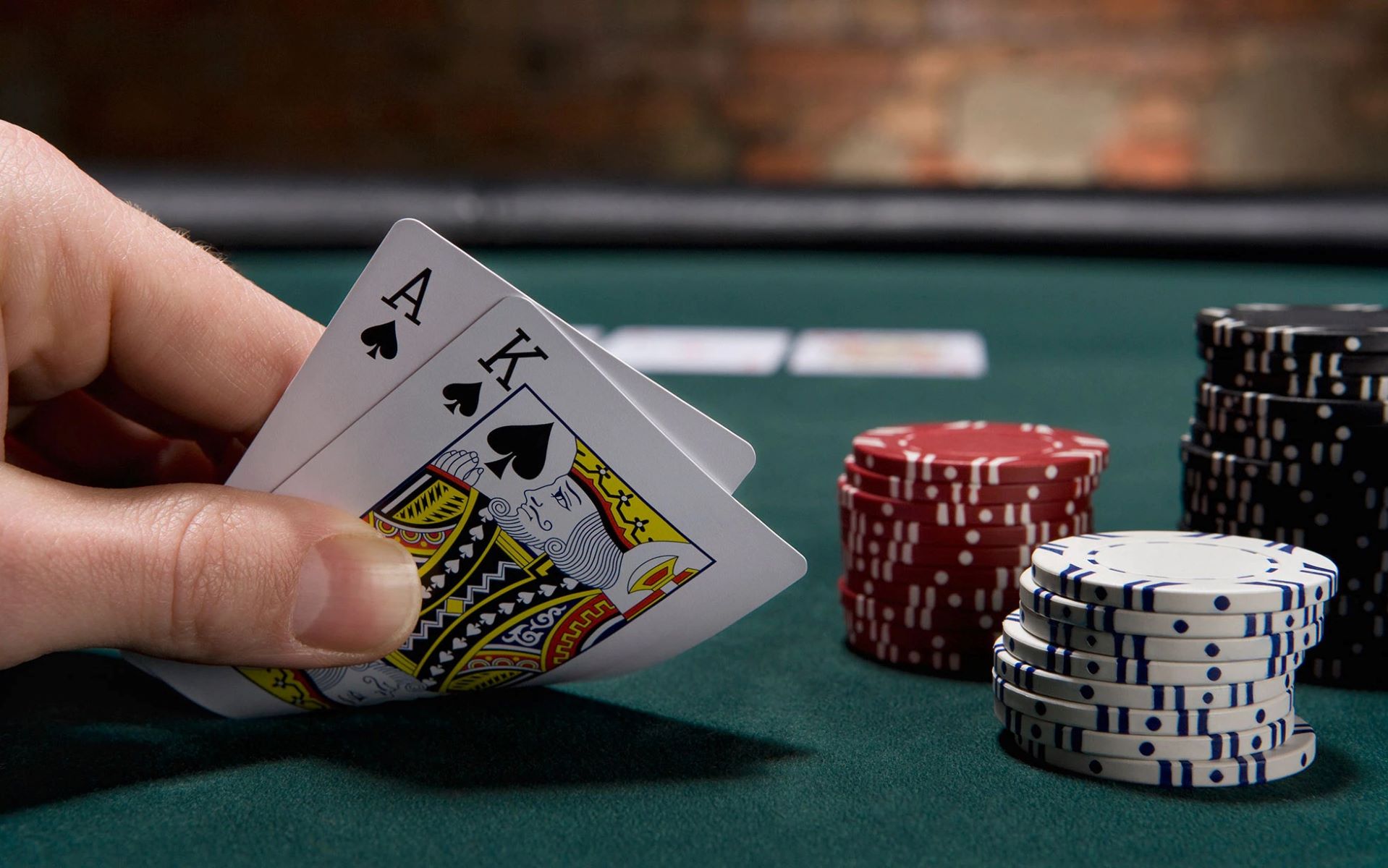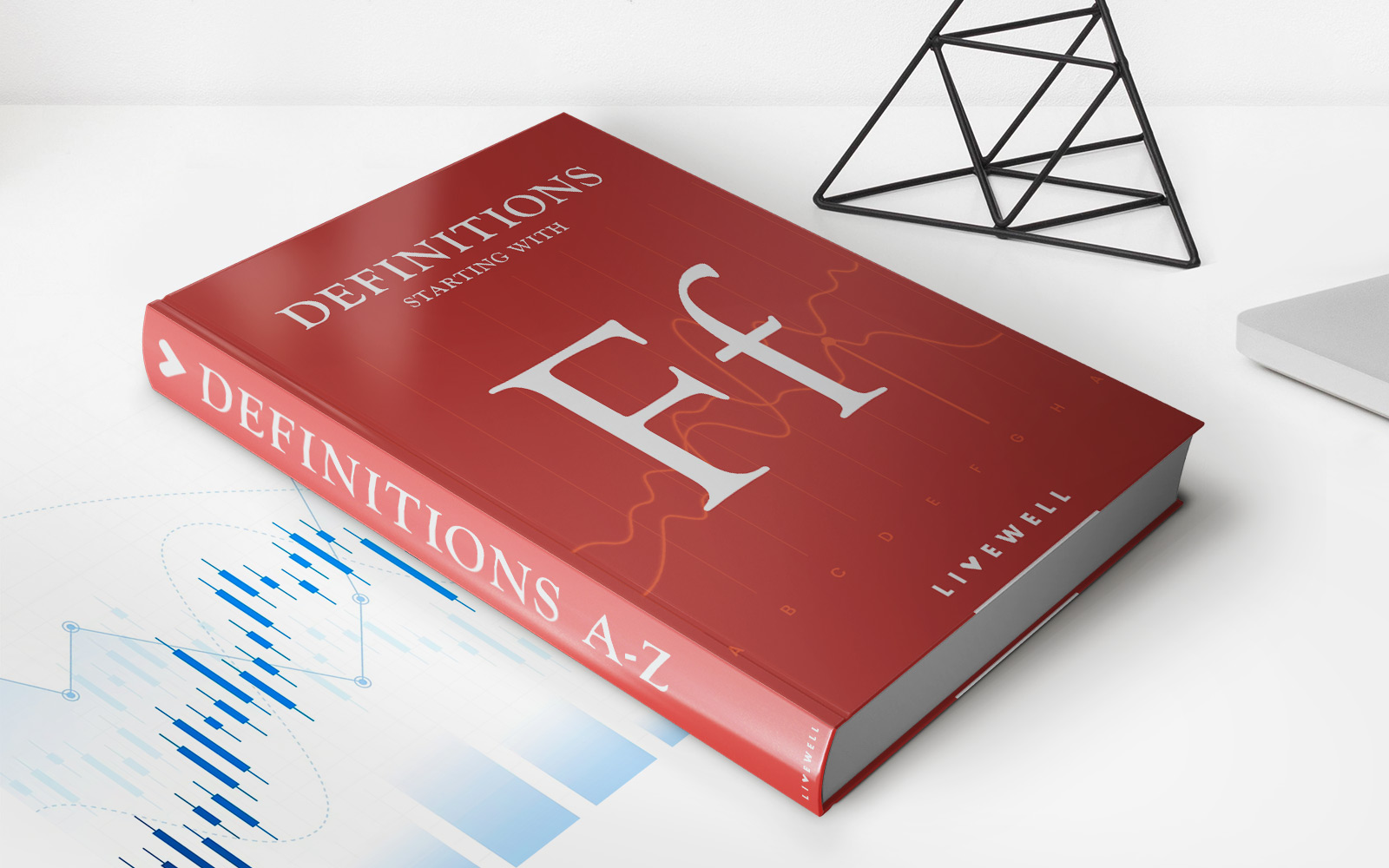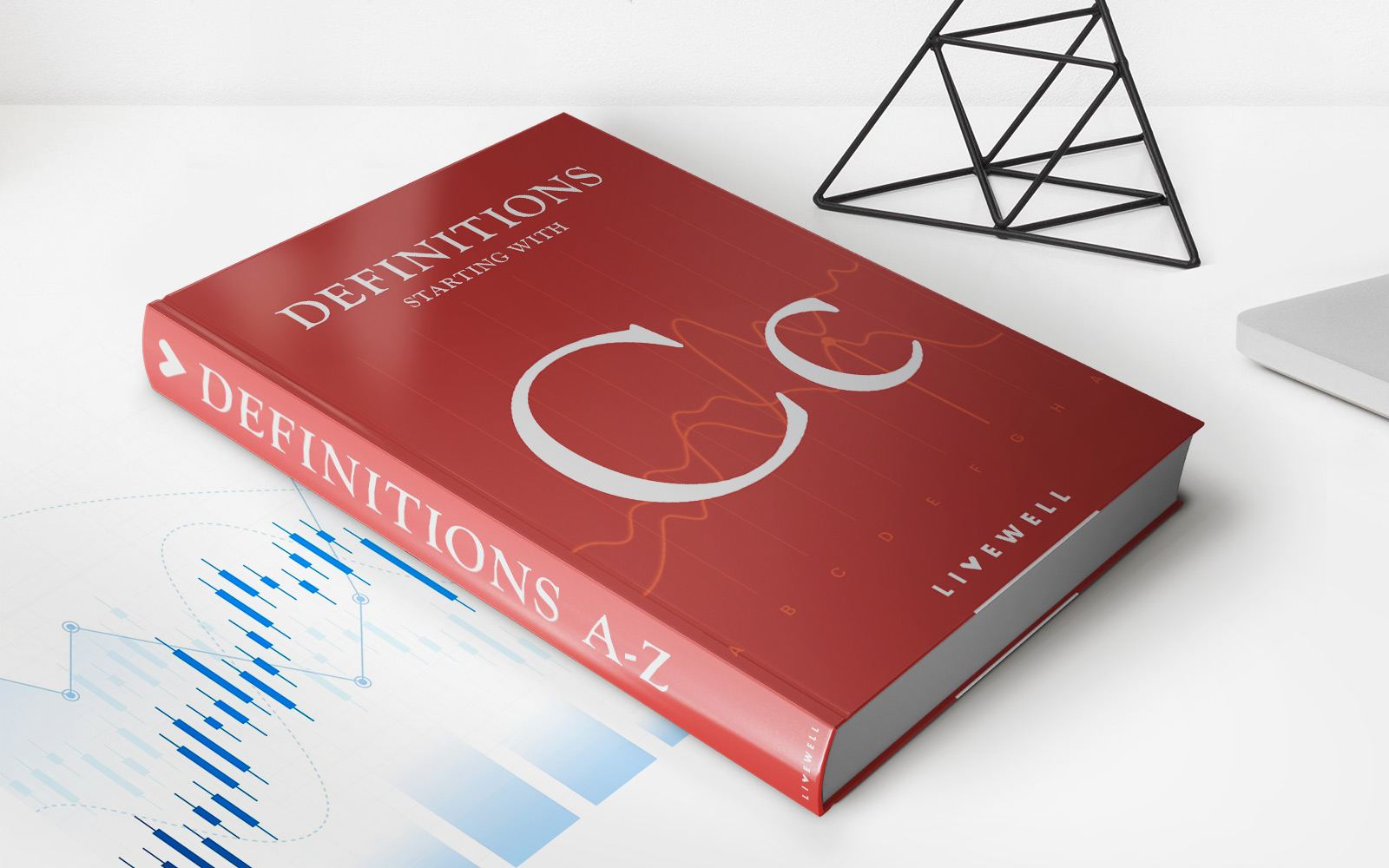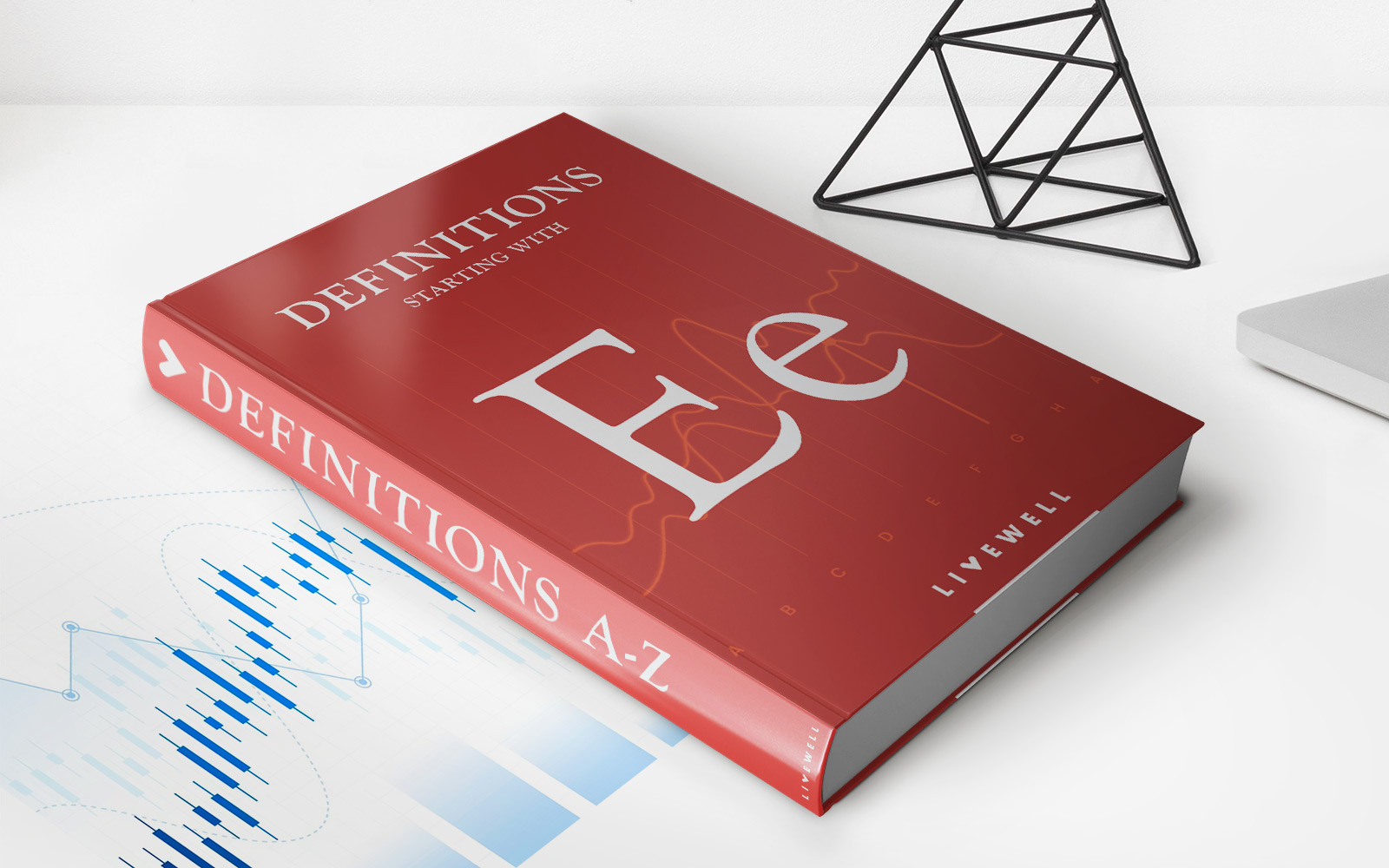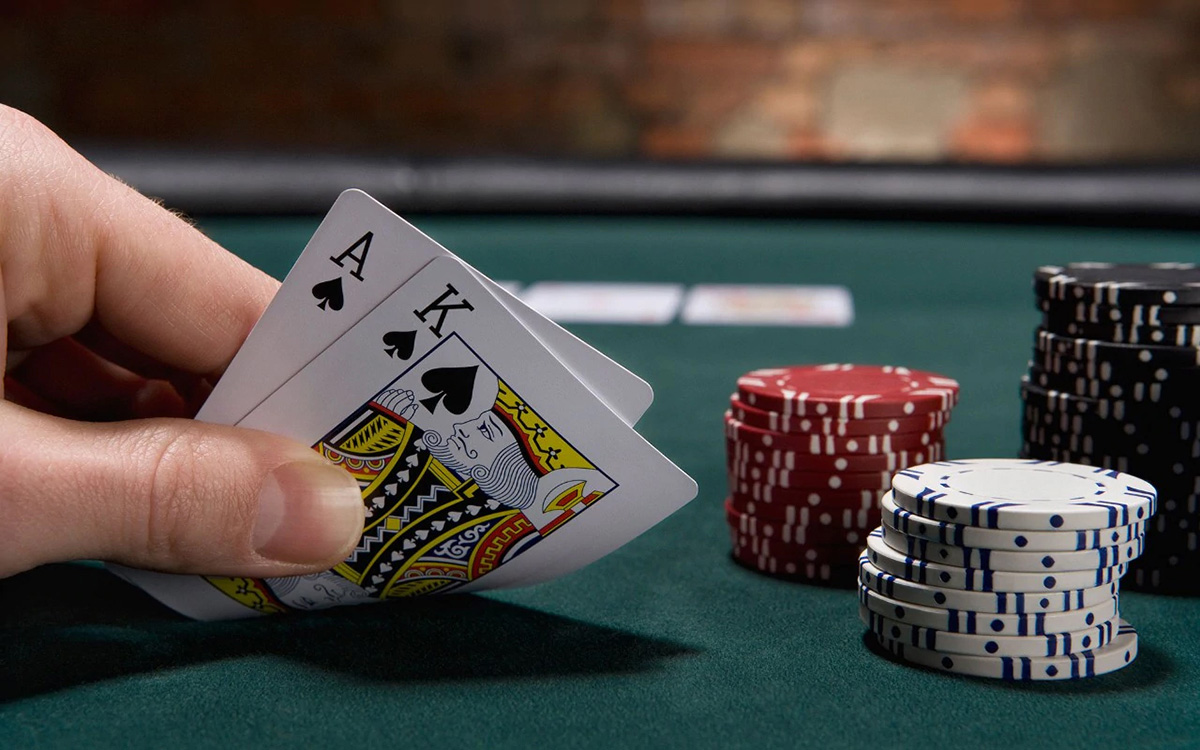

Finance
What Is Insurance Blackjack?
Modified: February 21, 2024
Learn about Insurance Blackjack in finance. Understand how this strategy can help protect your assets and minimize risk. Explore its benefits and implementation techniques.
(Many of the links in this article redirect to a specific reviewed product. Your purchase of these products through affiliate links helps to generate commission for LiveWell, at no extra cost. Learn more)
Table of Contents
Introduction
Insurance blackjack, also known as “even money” or “taking the money”, is a variation of the classic casino game that offers players an opportunity to protect their bets in certain situations. This side bet option is available when the dealer’s face-up card is an Ace, potentially indicating a blackjack. In such cases, players have the option to take insurance on their original bet.
To understand insurance blackjack, it is important to have a basic understanding of the traditional game. Blackjack is a card game where players aim to achieve a total card value of 21 or as close to it as possible, without exceeding it. The game is played between the dealer and one or more players. Each player competes individually against the dealer, and not against other players.
Insurance blackjack introduces an additional level of excitement and strategy to the game. It allows players to mitigate their potential losses in specific scenarios. However, it is important to note that insurance blackjack is not always available in every casino or at every table. It depends on the individual casino’s rules and their preference for offering this side bet option.
In the following sections, we will explore how insurance blackjack is played, the rules governing it, its pros and cons, different strategies that can be employed, and some tips for winning at this exciting variation of blackjack. By the end, you’ll have a comprehensive understanding of insurance blackjack and be better equipped to make informed decisions while playing the game.
Definition of Insurance Blackjack
Insurance blackjack is a side bet option in the game of blackjack that is offered to players when the dealer’s face-up card is an Ace. The purpose of this side bet is to mitigate potential losses if the dealer has a blackjack. Essentially, it allows players to “insure” their original bet against the possibility of the dealer having a winning hand.
When a player decides to take insurance, they are essentially betting that the dealer’s face-down card is a 10-value card, completing a blackjack hand. To activate insurance, players must place an additional bet, typically equal to half of their original bet. This additional bet is placed on a specific area of the table designated for insurance bets.
If the dealer does indeed have a blackjack, the player wins the insurance bet, and it pays out at a ratio of 2:1. This means that if the player had originally bet $10 and placed a $5 insurance bet, they would lose the original $10 bet but receive $10 as a payout for the insurance bet. In this scenario, the player essentially breaks even.
However, if the dealer does not have a blackjack, the player loses the insurance bet and the game continues as usual. The player’s original bet remains in play, and they have the opportunity to win or lose based on the outcome of their hand against the dealer’s hand.
It is important to note that taking insurance in blackjack is purely optional. Players have the discretion to decide whether or not to make this side bet, based on their understanding of the game, the dealer’s face-up card, and their own risk tolerance. Additionally, insurance is only available when the dealer’s face-up card is an Ace. If the dealer’s face-up card is any other card, insurance is not offered, and the side bet option is not available to players.
Now that we have defined insurance blackjack, let’s explore how the game is played and the specific rules that govern it.
How to Play Insurance Blackjack
Playing insurance blackjack follows the same basic rules and principles as traditional blackjack. The objective is to achieve a hand value of 21 or as close to it as possible without exceeding it, while simultaneously beating the dealer’s hand. However, the main difference lies in the option to take insurance when the dealer’s face-up card is an Ace.
To play insurance blackjack, follow these steps:
- Place your initial bet: Before any cards are dealt, place your bet on the designated area of the blackjack table.
- Receive your cards: Both you and the dealer will be dealt two cards each. Your cards will be face-up, while the dealer will have one face-up card and one face-down card.
- Evaluate the dealer’s face-up card: If the dealer’s face-up card is an Ace, you will have the option to take insurance. The insurance bet is typically equal to half of your original bet.
- Decide whether to take insurance: You can choose to take insurance or decline it. If you decide to take insurance, you must place the additional bet in the designated area on the table.
- Wait for the dealer’s reveal: Once all players have made their insurance decisions, the dealer will check their face-down card to determine if they have a blackjack. If the dealer has a blackjack, the insurance bets win at a ratio of 2:1.
- Continue with the game: If the dealer does not have a blackjack, the game continues as usual. You will have the opportunity to play your hand and aim for a value of 21 or beat the dealer’s hand without exceeding 21.
- Collect your winnings: If you win your hand, you will be paid out based on the blackjack payout ratio, typically 3:2.
It is important to note that taking insurance in blackjack is a separate bet from your original bet. Winning or losing an insurance bet does not impact the outcome of your original bet. It is treated as a stand-alone bet that is resolved separately from the main game.
Now that you understand the basic gameplay of insurance blackjack, let’s dive into the specific rules that govern this variation of the game.
Rules of Insurance Blackjack
Insurance blackjack follows many of the same rules as traditional blackjack, with the addition of the insurance side bet option. Understanding the rules is essential to make informed decisions while playing. Here are the key rules of insurance blackjack:
- Card Values: The card values in blackjack remain the same for both the player and the dealer. Numbered cards have their face value (2-10), face cards (Jack, Queen, King) are valued at 10, and the Ace can be counted as either 1 or 11.
- Objective: The objective of the game is to have a hand value closer to 21 than the dealer’s hand, without exceeding 21.
- Insurance Bet: When the dealer’s face-up card is an Ace, players have the option to make an insurance bet. This bet is typically equal to half of their original wager.
- Insurance Payout: If the dealer has a blackjack, the insurance bet pays out at a ratio of 2:1. This means the player will receive double their insurance bet amount. Regardless of the outcome of the original bet, the player breaks even with the insurance payout.
- Dealer Actions: The dealer must follow specific rules when playing their hand. Typically, the dealer must stand on a hand value of 17 or above, and hit on a hand value of 16 or below.
- Player Actions: Players have several options when playing their hand. They can hit (receive another card), stand (keep their current hand value), double down (double their original bet and receive one more card), or split (if they have a pair, they can split them into two separate hands).
- Blackjack Payout: Achieving a blackjack, which is a hand value of 21 with the first two cards (an Ace and a 10-value card), typically pays out at a ratio of 3:2.
- Push: If the player and the dealer have the same hand value, it is called a push, and the original bet is returned to the player.
It is important to note that the rules of insurance blackjack may vary slightly depending on the casino and the specific blackjack table. Always familiarize yourself with the rules at the table you are playing at before placing your bets.
Now that we understand the rules, let’s explore the pros and cons of playing insurance blackjack.
Pros and Cons of Insurance Blackjack
Insurance blackjack introduces an additional layer of excitement and strategy to the traditional game. However, like any variation, it comes with its own set of pros and cons. Understanding these can help you make informed decisions while playing. Let’s take a closer look at the pros and cons of insurance blackjack:
Pros
- Potential Loss Mitigation: The main advantage of insurance blackjack is the opportunity to protect your original bet in case the dealer has a blackjack. Insurance allows you to recover some of your losses in specific situations, minimizing the impact of a dealer blackjack.
- Payout Ratio: When you win an insurance bet, it pays out at a ratio of 2:1. This means that if you placed a $10 insurance bet and the dealer has a blackjack, you would receive $20 in return. This can help offset losses from the original bet.
- Strategic Decision-Making: The option to take insurance adds an element of strategy to the game. Players must assess the likelihood of the dealer having a blackjack based on their face-up card and their own hand. This decision-making process can add excitement and engagement to the game.
Cons
- Additional Expense: Taking insurance requires an additional bet equal to half of your original wager. This means you are placing more money on the table, increasing the overall risk and potential loss if the insurance bet is not successful.
- Lower Odds: The insurance bet has a payout ratio of 2:1, which may seem attractive. However, statistically, the odds are not in favor of the player when taking insurance. In the long run, consistently taking insurance bets can result in larger losses compared to playing without insurance.
- Complex Strategy: Insurance blackjack introduces a more complex decision-making process. Players must assess the dealer’s face-up card and evaluate the probability of a blackjack. This can be challenging, especially for novice players, and may lead to incorrect decisions and potential losses.
Ultimately, the decision to take insurance in blackjack comes down to personal preference and risk tolerance. Experienced players may choose to strategically use insurance in specific situations, while others may prefer to avoid it altogether. Understanding the pros and cons can help you make an informed choice that aligns with your individual playing style and goals.
Now that we’ve explored the pros and cons, let’s delve into some strategies that can be employed while playing insurance blackjack.
Strategies for Insurance Blackjack
Insurance blackjack involves more strategic decision-making compared to traditional blackjack. While there is no foolproof strategy that guarantees success, understanding and implementing certain strategies can enhance your chances of making profitable decisions. Here are some strategies to consider when playing insurance blackjack:
1. Understand the Odds
Before taking insurance, it’s vital to understand the odds and probabilities involved. Statistically, the dealer having a blackjack when showing an Ace is less likely than not. Evaluating the likelihood of the dealer having a blackjack based on the visible cards can help inform your decision whether to take insurance or not.
2. Consider Card Counting
Card counting can be a valuable strategy in blackjack, including in insurance blackjack. By keeping track of the cards that have been dealt, you can assess the composition of the remaining deck and determine the probability of the dealer having a blackjack. If the remaining deck is rich in 10-value cards, there is a higher likelihood of the dealer having a blackjack. This information can guide your decision to take insurance.
3. Follow Basic Blackjack Strategy
While insurance blackjack presents additional decision points, it is essential to follow basic blackjack strategy for the main hand. By making optimal decisions based on your hand value and the dealer’s face-up card, you can minimize losses and maximize your chances of winning. Consistently following basic strategy will help mitigate the need for insurance in the first place.
4. Set Loss and Win Limits
Like any gambling activity, it’s crucial to set both loss and win limits before playing. Determine how much you are willing to lose and the point at which you will walk away from the table if you reach a certain profit level. Having these limits in place ensures that you don’t get carried away by the excitement of the game and make impulsive decisions, including taking unnecessary insurance bets.
5. Practice Proper Bankroll Management
Bankroll management is essential in any gambling endeavor, including insurance blackjack. Set a budget for your gaming session and play within your means. Avoid chasing losses or betting more than you are comfortable losing. By managing your bankroll effectively, you can play with confidence and make rational decisions, including whether or not to take insurance.
Remember, no strategy guarantees wins in the long run, as blackjack is ultimately a game of chance. However, employing these strategies can help improve your decision-making and potentially increase your chances of success.
Now let’s explore some tips to help you win at insurance blackjack.
Tips for Winning at Insurance Blackjack
While there is no foolproof method for winning at insurance blackjack, there are several tips you can follow to enhance your chances of success. By implementing these strategies and maintaining a disciplined approach, you can make more informed decisions and potentially increase your winnings. Here are some tips to keep in mind:
1. Learn and Practice Basic Strategy
Mastering basic blackjack strategy is fundamental to success in insurance blackjack. Study the optimal decisions to make based on your hand value and the dealer’s upcard. This will help you make informed choices and minimize potential losses in the long run.
2. Understand the Rules and Probabilities
Take the time to familiarize yourself with the specific rules and probabilities of the blackjack variation you are playing. Understanding the odds of the dealer having a blackjack and the potential outcomes of insurance bets will help you make sound decisions.
3. Avoid Insurance Bets in Most Situations
Although insurance may seem like an appealing option, mathematically it is not in the player’s favor in the long run. Unless you are an advanced card counter and have a strong indication that the remaining deck is rich in 10-value cards, it is generally best to decline the insurance bet.
4. Practice Bankroll Management
Set a budget for your blackjack sessions and adhere to proper bankroll management. Avoid wagering more than you can afford to lose and resist the temptation to chase losses. By managing your bankroll effectively, you can enjoy the game responsibly and minimize any potential financial risks.
5. Pay Attention to Table Rules and Limits
Before sitting down to play, review the table rules and minimum/maximum betting limits. Find a table with favorable rules and limits that align with your bankroll. Additionally, consider playing with fewer decks, as this can slightly improve your odds and potentially reduce the house edge.
6. Don’t Let Emotions Affect Your Decisions
It is crucial to stay calm and composed when playing blackjack. Avoid making impulsive decisions based on emotions, such as frustration or excitement. Stick to your strategy and make rational choices based on the cards and probabilities.
By implementing these tips, you can approach insurance blackjack with a solid strategy and a disciplined mindset. Remember, while there are ways to improve your odds, blackjack ultimately remains a game of chance.
Now, let’s explore some popular variations of insurance blackjack.
Variations of Insurance Blackjack
Insurance blackjack is a popular variation of the classic game, and different casinos may offer their own unique versions. Here are a few notable variations you may come across:
1. European Blackjack
In European Blackjack, the dealer typically does not receive a hole card. This means that insurance bets are not offered since the dealer does not check for a blackjack upfront. This variation removes the option of taking insurance, shifting the focus solely on the main hand and the player’s decisions.
2. Atlantic City Blackjack
Atlantic City Blackjack is a common variation played in many casinos. In this version, the dealer receives both an upcard and a hole card. Insurance is available if the dealer’s upcard is an Ace. However, there is a slight difference in the payout ratio, with insurance bets paying out at a ratio of 9:4 instead of the traditional 2:1.
3. Spanish 21
Spanish 21 is a unique variation where all the 10-value cards are removed from the deck. This means that the dealer’s hole card cannot be a 10-value card, eliminating the possibility of a natural blackjack. As a result, there is no need for insurance in Spanish 21 since the dealer cannot have a blackjack.
4. Double Exposure Blackjack
In Double Exposure Blackjack, both of the dealer’s cards are dealt face-up. Consequently, players can see both of the dealer’s cards, giving them a significant advantage. However, to offset this advantage, there are rule adjustments, such as the dealer winning on ties (except for natural blackjack), which eliminates the need for insurance bets.
5. Online Blackjack Variations
Online casinos may offer various blackjack variations, each with its own rules and features. While many online blackjack games retain the option of insurance, it is essential to read the specific rules of the game you are playing to understand how insurance works and if any variations apply.
These are just a few examples of the variations you may encounter in insurance blackjack. It’s important to familiarize yourself with the specific rules and options of each variation before playing to ensure you make informed decisions.
Now, let’s conclude our exploration of insurance blackjack.
Conclusion
In conclusion, insurance blackjack is a fascinating variation of the classic casino game that introduces an additional layer of strategy and excitement. This side bet option allows players to protect their original bets when the dealer’s face-up card is an Ace, potentially indicating a blackjack. While insurance can mitigate losses in specific situations, it is essential to understand the odds, probabilities, and the impact on your overall gameplay.
By implementing strategies such as understanding basic blackjack strategy, practicing proper bankroll management, and evaluating the specific rules at the table you’re playing, you can make informed decisions and potentially increase your chances of success. However, it is crucial to remember that insurance bets are not always beneficial in the long run and should be used selectively.
Explore the various blackjack variations, such as European Blackjack, Atlantic City Blackjack, Spanish 21, or Double Exposure Blackjack, to add more excitement to your gameplay. Additionally, online casinos offer their own unique variations, providing a wide range of options for players to enjoy.
Ultimately, the key to enjoying and potentially winning at insurance blackjack lies in understanding the rules, employing sound strategies, and maintaining a disciplined approach to both your gameplay and bankroll management.
Now that you are armed with knowledge about insurance blackjack, go ahead and try your luck at the table. Remember to have fun, gamble responsibly, and may the cards be in your favor!


